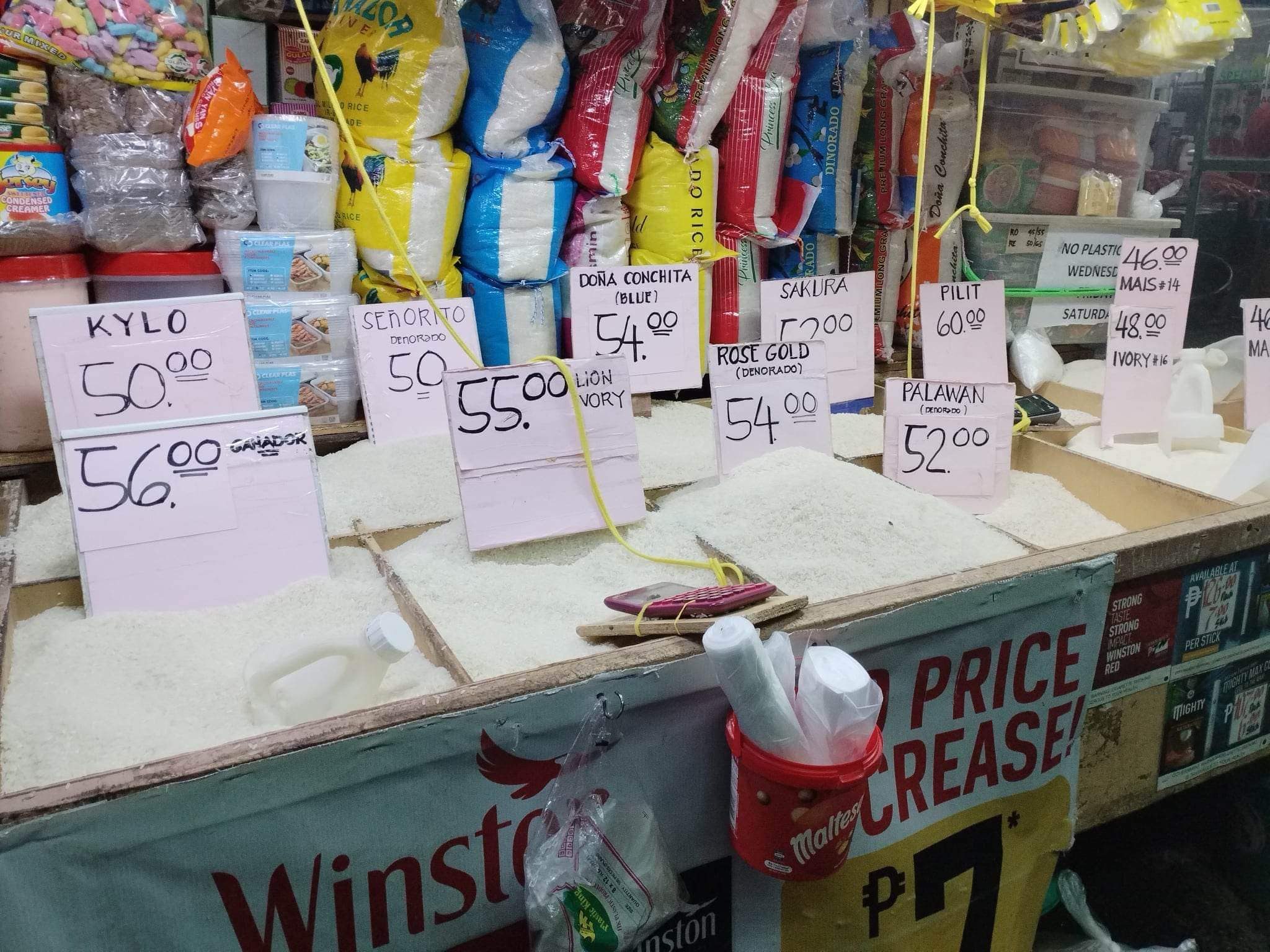SUMMARY
This is AI generated summarization, which may have errors. For context, always refer to the full article.

MANILA, Philippines – Almost all Filipino households (95%) reported that they spent more on food in the past three months, even as a little over half of the adult population said they ate less food in the same period.
According to Pulse Asia Research’s September 2023 survey on household expenditures, 95% of Filipino households have been grappling with rising food prices in the past quarter, and rice tops the list of food that got more expensive. Among households, most of the respondents, or 83%, reported that they spent more on rice. (READ: Even with price caps, rice inflation skyrockets to 14-year high in September)
Looking at the same period in 2022, only 85% of the population reported spending more on food, meaning that the figure increased by 6 percentage points in 2023. Focusing on rice, the number of households that reported spending more on the staple rose by 16 percentage points in 2023 compared to 2022.
Possibly in response to rising food prices, majority or 53% of the adult population reported eating less in the past three months. According to the survey, 41% ate less non-rice food while 21% consumed less rice.
Meanwhile, 62% of adults also noted spending more on electricity, while the population also felt the impact of rising costs in gasoline and diesel (22%), medicine and other health-related needs (17%), and water (16%), LPG (15%), transportation (13%), and cellphone load (4%), among others.
Virtually every Filipino (99%) also reported seeing price increases in items that they buy on a regular basis, with food (95%) and rice (90%) again being the top example. This reflects the inflation figures over the past few months, as rising food prices pushed up the inflation rate in August and September.
Compared to the same period in 2022, there was a 35 percentage point increase this 2023 in the percentage of adults who saw an increase in the price of rice. This reflects the finding of the Philippine Statistics Authority that rice inflation soared to a 14-year high of 17.9% in September 2023.
Fieldwork for the survey was conducted from September 10 to 14 through face-to-face interviews with 1,200 adult representatives with a margin of error of 2.8%. – Rappler.com
Add a comment
How does this make you feel?
![[EDITORIAL] Apat na taon na lang Ginoong Marcos, ‘di na puwede ang papetiks-petiks](https://www.rappler.com/tachyon/2024/07/animated-bongbong-marcos-2024-sona-day-carousel.jpg?resize=257%2C257&crop=280px%2C0px%2C720px%2C720px)
![[In This Economy] Delulunomics: Kailan magiging upper-middle income country ang Pilipinas?](https://www.rappler.com/tachyon/2024/07/in-this-economy-upper-middle-income-country.jpg?resize=257%2C257&crop=421px%2C0px%2C1080px%2C1080px)

![[EDITORIAL] Marcos Year 2: Hilong-talilong](https://www.rappler.com/tachyon/2024/07/animated-bongbong-marcos-2nd-sona-carousel.jpg?resize=257%2C257&crop=136px%2C0px%2C720px%2C720px)
![[Newspoint] A fighting presence](https://www.rappler.com/tachyon/2024/07/thought-leaders-a-fighting-presence.jpg?resize=257%2C257&crop=441px%2C0px%2C1080px%2C1080px)
There are no comments yet. Add your comment to start the conversation.